Be Part of a Catch-and-Release Aquarium in Scotland
The Mull Aquarium in Tobermory invites visitors to help stock the tanks
In 2015, Europe’s first catch-and-release aquarium opened in Tobermory on Scotland's Isle of Mull. The founder was inspired by similar models she saw in Canada and wanted to bring that idea to the local visitor center to help teach the costal town about its underwater backyard. Now, the Mull Aquarium is heading into its fourth season with 14 tanks and 13,000 seasonal visitors.
Because it’s catch-and-release, the aquarium relies on a local network to bring in new sea creatures. Area fisherman donate many of the live specimens, catching crabs, lobsters and the occasional octopus in their fishing pots. Under the guidance of the aquarium, neighborhood families and tourists can catch marine life from the docks right outside the aquarium, and divers add starfish and sea slugs to the aquarium's temporary collection.
"We work very closely with the fisherman who provide our creatures and educate them [on safe collection methods] where necessary." Grace Lambert, the aquarium’s Education Officer, told Smithsonian.com. "The creatures they donate to us... are often part of their livelihood, so they take good care of them. If any other people offer to catch things for the aquarium, we tell them beforehand the best way to catch and look after the creatures.”
All the animals are released after a maximum stay of four weeks in the aquarium. How long each stays depends on the creature itself and on incoming stock from visitors.
“Things like crabs, they can stay for the full four weeks,” Lambert said. “The octopus is on a really fast rotation. We were getting so many last season that they were only staying about four days before we got a new one in to replace it. Sometimes we have too many animals, and we just swap them in. The creatures already there will go back. Our stock is constantly changing.”
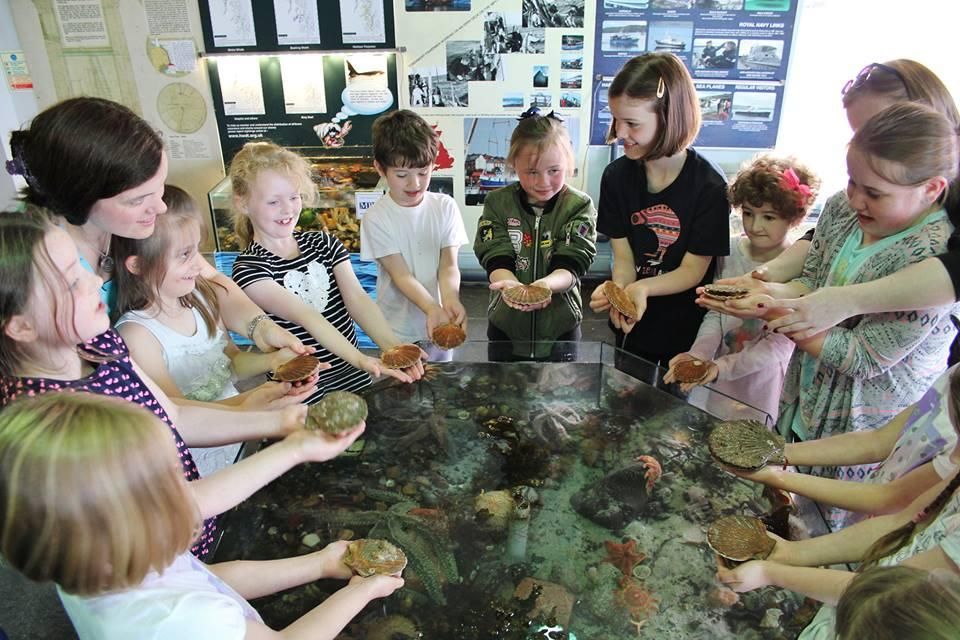
All the water in the tanks is pumped in directly from the bay to minimize any shock felt by the sea creatures to their new environment. When a tank is full, water overflows into the output pipe and heads back out into the sea.
“That ensures that the temperature is exactly the same as the sea, the oxygen levels are exactly the same, and also things like plankton, a food source for a lot of these creatures, is in the water already,” Lambert said.
The team at the aquarium also collects seaweed from the shore and puts it in the tanks for the animals to use as hiding places. Though, Lambert says, only the octopus is smart enough to know it’s in a tank and people are watching it—that’s why they have the shortest visit in the aquarium, usually only a week to 10 days.
When it’s time to swap out the tanks, every creature is returned as close as possible to the exact spot where it was caught.
“We keep a record of everything that comes in, where it came from and what date it came in,” Lambert said. “When we have something to replace it, the animal goes back to the correct habitat.”
Not many creatures come in over the winter, so the aquarium closes for the season, instead offering educational programs in an on-site theater or leading outreach programs at local schools. It opens again each Easter with a fresh set of animals to look at and learn from. “We’re completely different from other aquariums,” Lambert said. “This approach is not about keeping things from the wild, but aiming to get them back.”
And, she hopes, the aquarium’s local focus will encourage people to discover things in their own backyard.
“People are more aware of the damage being done to coral reefs than to things in the waters just outside their window,” she said. “Many look out at the sea, and they think there’s nothing there, it’s just a blank sheet of water. But you can enjoy your own wildlife; you don’t have to look across the world.”
/https://tf-cmsv2-smithsonianmag-media.s3.amazonaws.com/accounts/headshot/JenniferBillock.png)
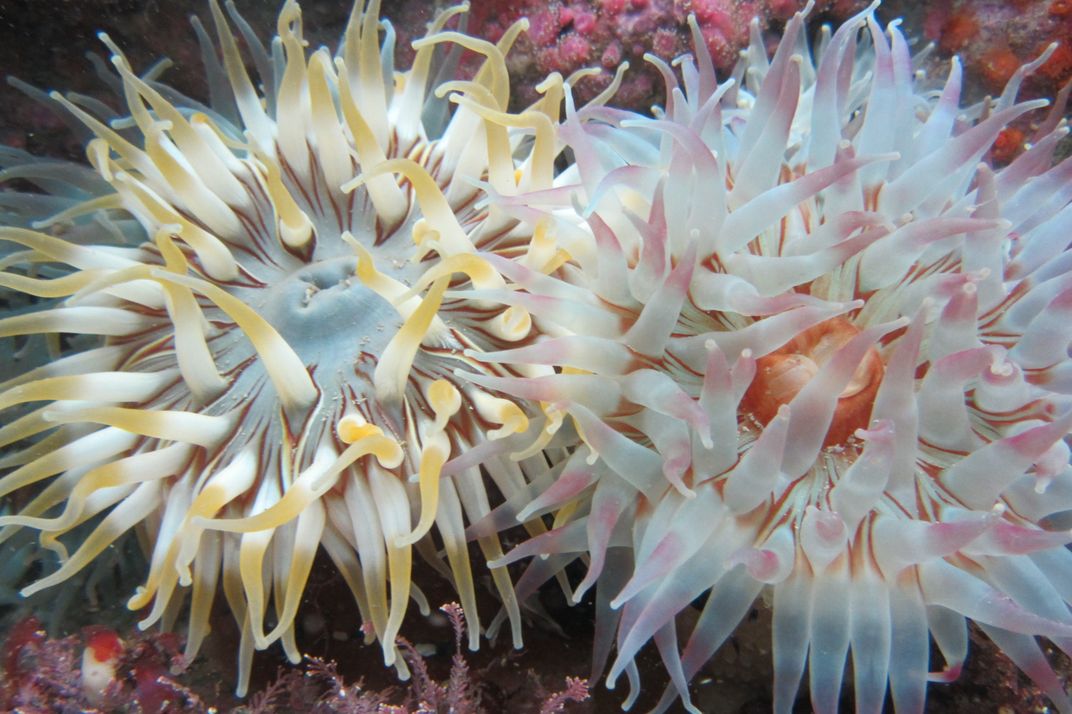
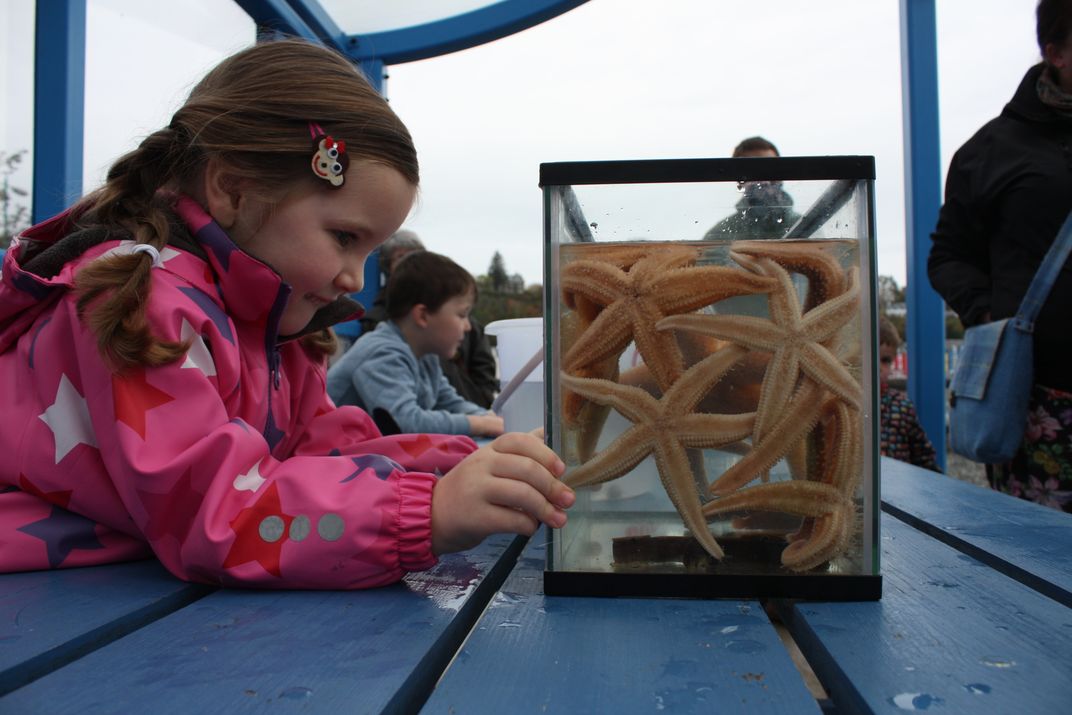
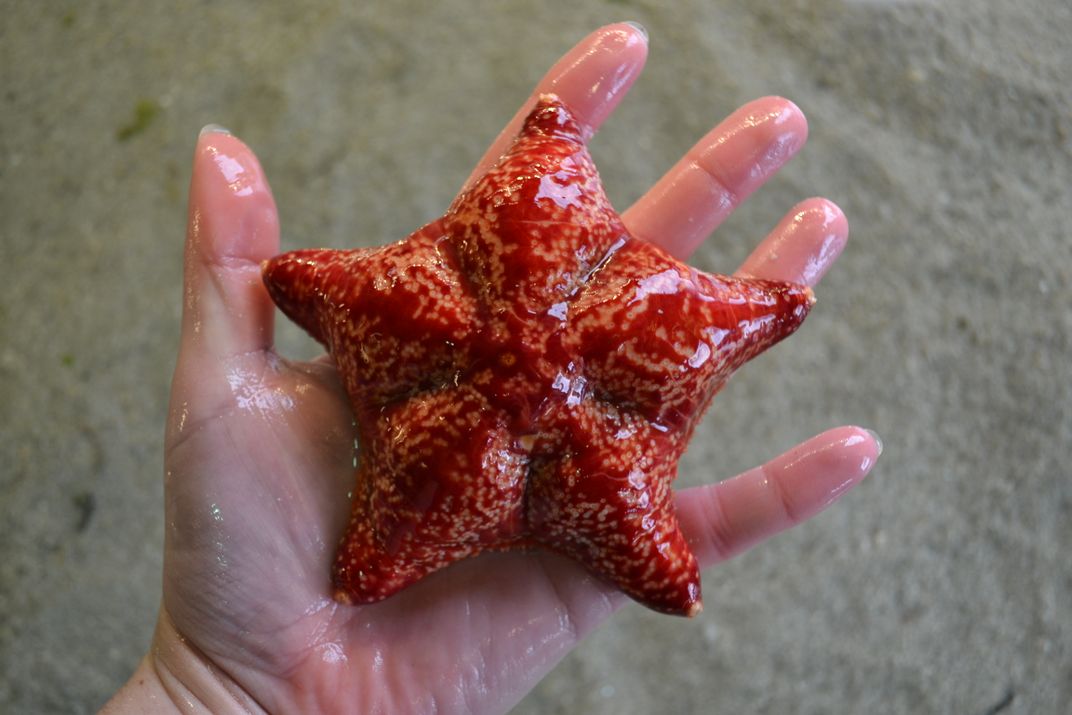
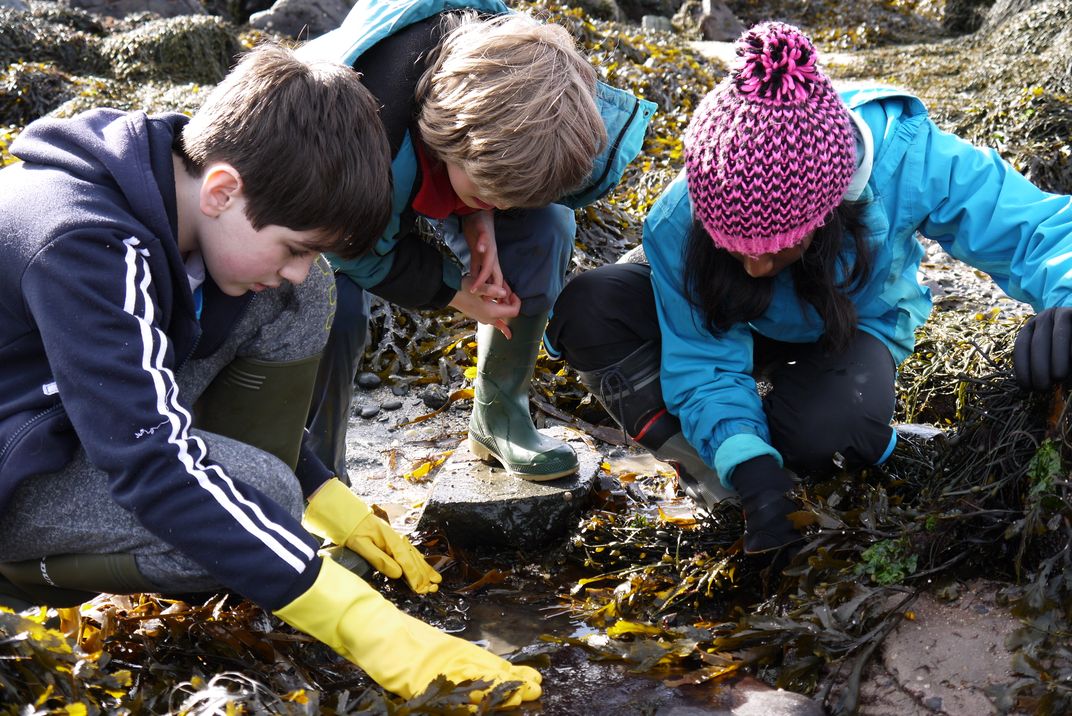
/https://tf-cmsv2-smithsonianmag-media.s3.amazonaws.com/accounts/headshot/JenniferBillock.png)